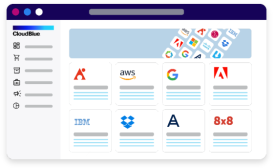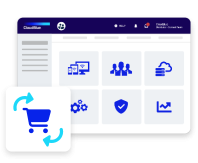Review management or online review management, refers to the strategic practice of monitoring, analyzing, and actively engaging with online reviews and feedback. This process entails systematically collecting user reviews from various online platforms, analyzing their content, and responding in a way that cultivates a positive reputation, improves customer satisfaction, and drives continuous product enhancement.
In the digital age, online reviews wield considerable influence over consumer perceptions and purchasing decisions. Review management within the software industry involves tracking reviews across platforms like app stores, review websites, and social media channels. By aggregating and categorizing these reviews, software companies can gain insights into user sentiments, identify recurring issues, and assess overall customer satisfaction levels.
Analyzing reviews is a pivotal aspect of review management. By examining user feedback, companies can pinpoint strengths and weaknesses within their software products. Positive reviews provide valuable insights into what aspects users find beneficial, helping companies refine their marketing messages and highlight features that resonate with customers. Conversely, negative reviews shed light on areas requiring improvement, guiding companies in prioritizing bug fixes, feature enhancements, and usability optimizations.
Active engagement is a core element of review management. Responding to user reviews, whether positive or negative, demonstrates a commitment to customer satisfaction and transparency. Acknowledging positive feedback fosters goodwill and customer loyalty, while addressing negative feedback in a constructive manner showcases a dedication to resolving issues and evolving the software to meet user expectations.
Review management extends beyond individual responses. Patterns and trends identified through review analysis can inform product development roadmaps. Software companies can leverage this feedback-driven approach to align their offerings more closely with user needs and preferences, ultimately enhancing the user experience and bolstering customer retention.













